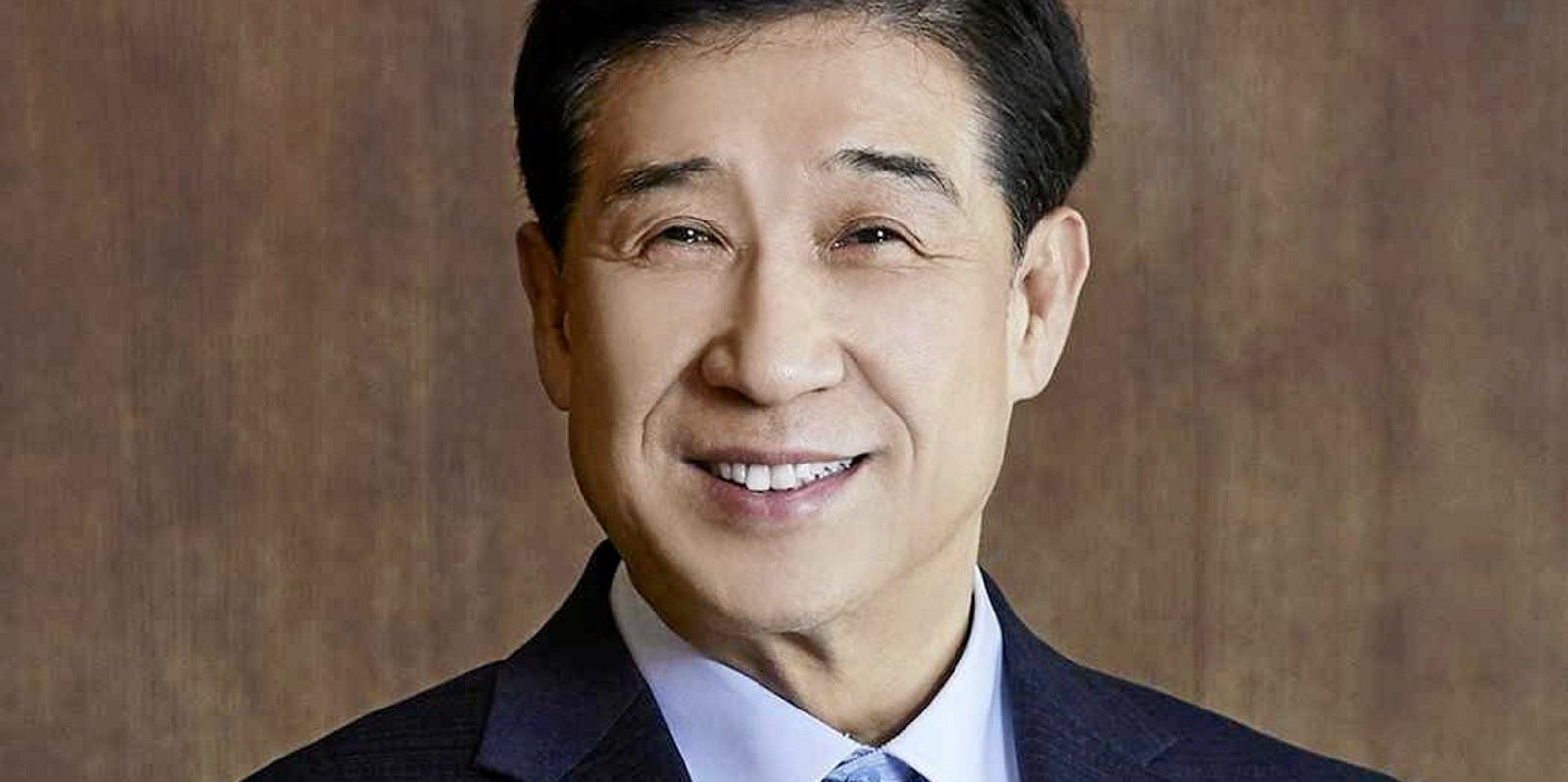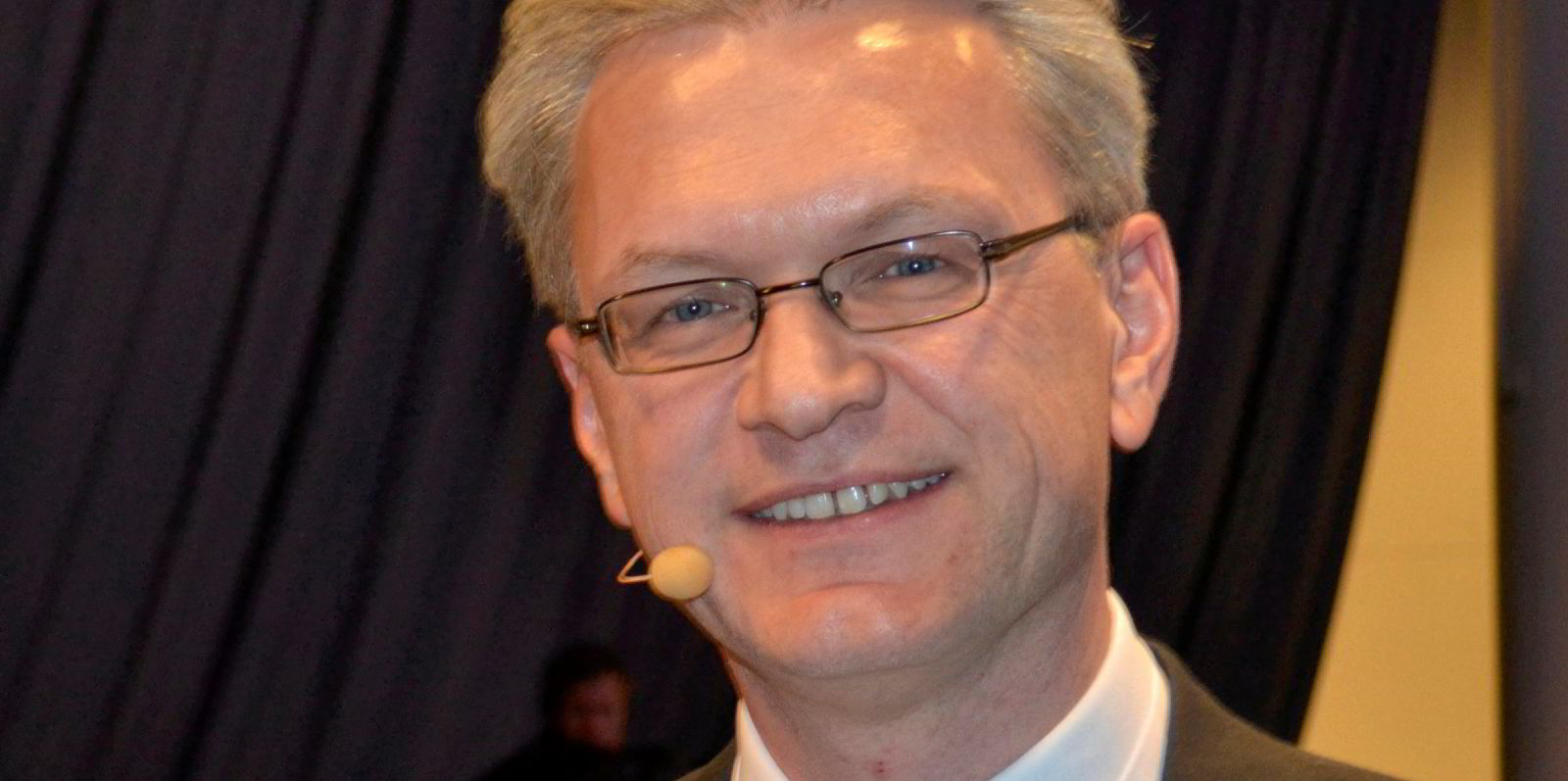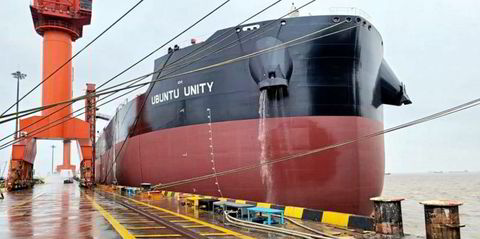South Korea's HMM has recorded its best ever quarterly operating profit in buoyant containership markets.
The shipowner and operator said earnings hit KRW 1.02trn ($903m) in the three months to 31 March, representing a margin of 42%.
In the same period of 2020, the company logged a loss of KRW 2bn. The earnings surpassed the KRW 981bn profit for the whole of 2020.
Revenue was up 85% at KRW 2.4trn, while net profit was KRW 154bn, turning around a loss of KRW 65.6bn last year.
HMM said the "significantly improved" performance was mainly driven by efficient fleet operations, including its dozen 24,000-teu newbuildings that were handed over in 2020.
More rate boom to run
Freight rates roses as demand recovered from the first Covid-19 wave in the spring of last year.
"The highly elevated freight rates will last through at least the first half of this year," the company said.
"Supply chain disruptions primarily caused by port congestions, the shortage of both vessel space and containers and increased cargo demand are not on course to be relieved over the short term."
The shipowner handled 6.7% more containers at 950,000 teu in the quarter.
However, HMM warned that the pandemic and the "insufficient" vaccination programme in many countries could lead to considerable uncertainty, negatively affecting container volumes on certain trade lanes
Since August, to handle the upsurge in cargo demand, HMM has deployed 18 ships to the Asia-North America trade, two in Asia-North Europe trade lanes, three into eastern Russia and one between South Korea and Vietnam.
"HMM will continue to deal with market changes flexibly and will contribute to stabilising the logistics flow worldwide," the company said.
New containers coming
This year, HMM is adding 120,000 teu of new containers to ease the current shortage of equipment.
About 42,000 teu of these boxes have already been delivered and HMM plans to acquire the remainder by July.
The owner is also now taking delivery of eight 16,000-teu newbuildings from Hyundai Heavy Industries.
Five of them have been already deployed on the Asia-North Europe route.
This will enable to owner to enhance its cost structure and secure greater operational efficiency, HMM added.






